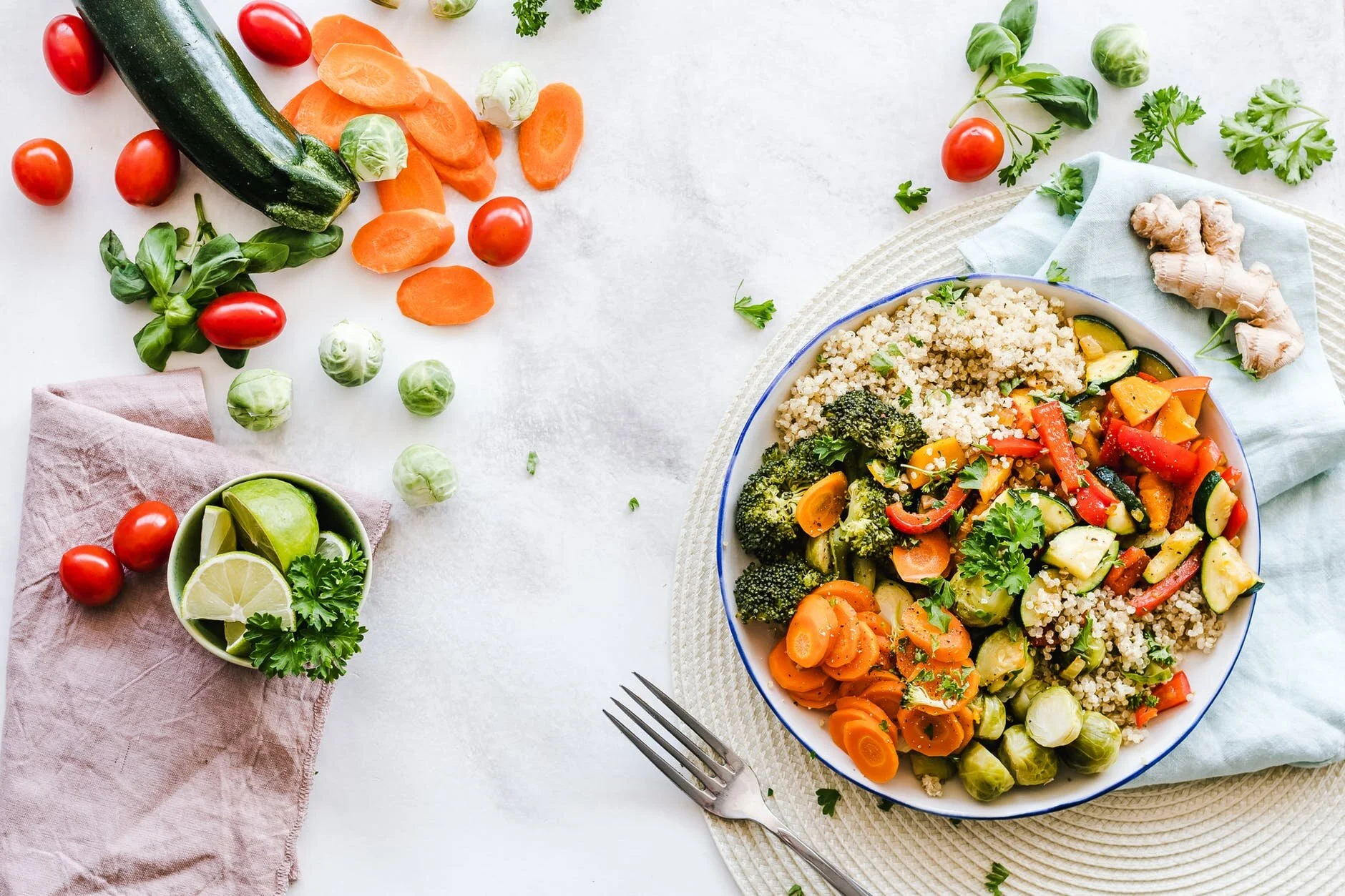Vegetables, love them / hate them and my tips for the silly season.
The silly season is upon us filled with parties and hectic schedules and it can be challenging to stay on-track with your health and wellness goals.
So I have written my “Christmas” blog, to help give you some strategies, so you can enjoy this time of year without worrying about gaining weight or feeling unhealthy.
If you haven’t yet read it, you can find it here: Christmas
Within this blog, one of my tips is not skimp out on veggies and to remember your portion sizes.
Why? Because vegetables have a lot of volume, but not a lot of calories. So, they fill you up without adding more calories. Plus, they are full of beneficial phyto-nutrients that your body loves so they keep you feeling good.
Vegetables are also full of fiber which makes you feel fuller for longer, so you are less inclined to over-indulge. In addition, vegetables contain water and staying hydrated is crucial – especially at this time of the year when dealing the heat of summer and if you're drinking alcohol or have been super active.
Vegetable hater?
Now here’s the big question……….What about if you hate them?
Yep, that's a real possibility. In fact, many people aren't huge fans of vegetables and often find them bitter, disgusting in taste and texture and or just not as palatable as those yummy holiday treats we are surrounded with. So, how do you get your veggies in even if you're not a vegetable lover?
Regardless of where you’re starting — never eaten a green thing, or just want some new ways to eat plants — there is a simple formula you can use to make bitterness less intense, more palatable, and much more enjoyable:
Challenge: Find a bitter food, something that requires a special effort, and something that you won’t normally just eat, maybe broccoli. Now, complement this veggie by building on the complexity of its flavour. Put simply, this means pairing a food or aromatic with your vegetable to push several taste/flavour buttons at the same time. For example, a teaspoon of butter and garlic fried with the broccoli or a splash of balsamic vinegar and lemon juice.
My favourite complements include, minced garlic and ginger, balsamic vinegar, fresh lemon juice, olive oil, dukha & salt.
Now you can do this with many vegetables. Such as, think of carrots with butter and a teaspoon of honey.
Research suggests that we need to try new foods many times (sometimes up to 15 times) before we’ll tolerate or like them. So, challenge yourself regularly. You might be surprised about what happens.
Fact: Pairing bitterness with certain flavours can magically turn down its volume. How? On your tongue, you have a variety of receptors that bind to the chemicals in food. When these receptors get a chemical signal, they send information to the brain about what you are "tasting". Sweet and fatty flavours, in particular, can interfere with our brain’s perception of bitterness. Even the specific types of sugar and fat can matter, for example, butter versus olive oil; glucose versus fructose, etc.)
So, after you have chosen your challenge, selected a food and found a complement to disguse bitter flavours, we find a cushion. Excellent cushions for bitterness include honey, maple syrup, oil, almonds, and butter. But don’t over do it. We just need balance, like a dash or teaspoon not a cup of oil or a slab of butter.
Pay attention to the simple cooking methods, which help you preserve the vegetables’ texture (mushy veggies is not on the menu.) Personally, I love roasted veggies as roasting gets rid of bitterness and adds a sweetness, that you wouldn’t otherwise taste if they are raw or steamed.
Here's one of my combinations:
1. Vegetable: Brussel Sprouts (I used to HATE them)
2. Complement: A touch of butter, minced garlic, balsamic vinegar
3. Cushion: Extra virgin olive oil
Toss together, roast in the oven at 180 degrees Celsius Fan-forced for 30 minutes and you have one of the best dishes ever! Brussel sprouts can be substituted with asparagus (in season), broccoli, green beans and more. Think of pumpkin, capsicum, carrots, sweet potatoes. The possibilities are endless.
So to recap:
Challenge yourself (and your taste buds)
Compliment your veggie with some seasonings
Cushion it with a sweet or fatty option to elevate the veggies
And repeat. You CAN do this! and over time you can also change your flavour preferences. It just takes a willingness to try.
If you’re looking for more guidance and support, You know where to find me.
Here’s a recipe you might enjoy
A GOLDEN MUSHROOM AND SPINACH CALZONE WITH MOZZARELLA CHEESE
And don’t forget to check out my 12 Week Nutrition Program
Keeping it simple!
Theresa





